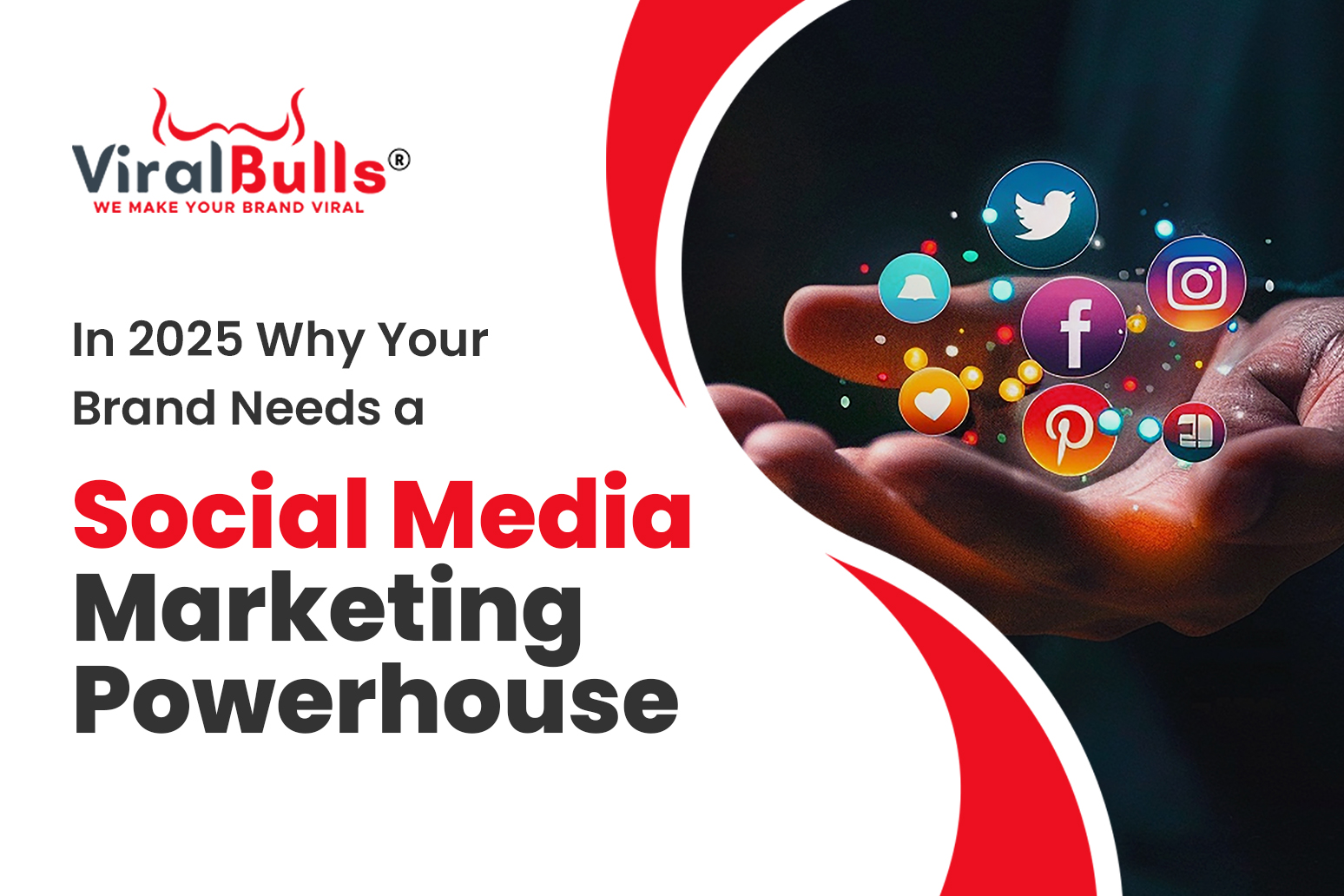Introduction
Social media campaigns are quickly becoming a crucial part of every business’s marketing strategy. It enables businesses to connect with their target market, interact with them, and create a community around their goods or services. It can be difficult to stand out from the crowd on social media, though, with so many brands competing for users’ attention. Creative social media strategies can help with that. This post will look at 5 innovative social media initiatives that can help you boost interaction on your social media pages and inspire your business.
1. How to Increase Engagement on Your Social Media Pages: Tips and Tricks
Before delving into specific initiatives, it’s critical to comprehend a few broad strategies for boosting activity on your social media accounts. Here are some tactics you might want to try:
Use visual content: Images and videos, in particular, perform better on social media than text-based content generally does. Make sure to add eye-catching images in your posts to engage your audience.
Use hashtags to spread the word about your posts to others who aren’t just your followers. Use trending hashtags from your industry’s research in your postings.
b. Post consistently:
When using social media, consistency is essential. To keep your audience interested, post frequently.
d. Interact with your audience by answering their comments and messages, liking and sharing their posts, and soliciting their feedback. This will promote engagement on your social media accounts and help you develop a devoted audience.
Let’s now look at some inventive social media campaigns that use these pointers and hints.
2. The Power of User-Generated Content on Social Media: How to Encourage Your Fans to Create and Share
User-generated content (UGC) is written about your brand by your fans or followers. UGC is a potent tool for promoting engagement on social media and spreading brand recognition. Here is an illustration of a GoPro UGC campaign.
GoPro is a well-known manufacturer of action cameras, and it encourages its users to post pictures and videos of their travels online using the hashtag #GoPro. The greatest UGC is then shared by GoPro on their social media accounts, showing off their products in use.
This ad is a great illustration of how to use UGC to boost social media engagement. You may develop a community around your goods or services and broaden the reach of your brand by encouraging your fans to produce and share content about it.
3. The Dos and Don’ts of Social Media Marketing: Best Practices for Success
Even while social media can be an effective tool for marketing, there are several things to avoid doing. Observe the following best practices:
a. Do be genuine:
On social media, authenticity is essential. Never try to be someone you’re not, and never claim to be an authority on a subject you haven’t studied.
b. Don’t spam your followers:
Refrain from inundating them with promotional material. Instead, concentrate on offering your audience value through informative advice, engaging material, or behind-the-scenes looks at your company.
c. Listen to your clients on social media:
This is an excellent opportunity to learn about their opinions and issues. Utilise social listening technologies to track consumer complaints and ideas, as well as the reputation of your business.
d. Don’t delete unfavourable comments:
Although it may be tempting, it’s important to reply to them and resolve the issue. Negative feedback can harm your brand’s reputation and cause your followers to lose faith in you.
4. How to Leverage Influencer Marketing for Your Brand: A Step-by-Step Guide
Influencer marketing is a potent tool for connecting with your target demographic and boosting social media engagement. The following actions can help you use influencer marketing for your brand:
a. Find relevant influencers:
Look for influencers who are well-known and have a sizable following in your business or area. Check to see if their ideologies and content line up with the tone of your brand.
b. Contact influencers:
Once you’ve located the right influencers, get in touch with them and let them know how collaboration will benefit your brand. Give them something for nothing or pay them to advertise your business on their social media profiles.
c. Establish precise objectives and standards:
Before launching a campaign, be sure to specify the precise objectives and standards for the influencers’ posts. Decide what kind of material they should produce and how frequently they should post.
d. Track your results:
To determine whether your influencer marketing campaign was successful, use social media analytics tools. Keep an eye on engagement, reach, and conversion metrics to see how well the campaign performed.
5. The Benefits of Live Video Streaming for Your Business: How to Use Instagram and Facebook Live
On social media, live video streaming is rising in popularity.
It gives businesses the chance to interact with customers in real-time and promote their goods or services. The following advice will help you use Facebook Live and Instagram for your business:
a. Create a plan for your material before publishing it online.
Choose your topic and create a rough script to serve as your presentation’s roadmap.
b. Market your live stream:
Use email marketing and social media to advertise your live stream beforehand. Encourage your audience to pay attention and to comment.
c. Interact with your viewers: During your live stream, interact with your viewers by replying to their queries and comments. By doing this, you’ll be able to connect with your fans and boost activity on your social media platforms.
Repurpose your content by cutting it into shorter movies or sharing highlights on your social media accounts after your live stream. You’ll be able to reach more people and make your brand more noticeable as a result.
6. The Top Social Media Trends You Need to Know in 2023
Because social media is continuously changing, it’s important to keep up with the most recent trends and advancements. Observe the following social media trends in 2023:
a. Short-form video content:
TikTok videos and Instagram Reels are two examples of the growing popularity of short-form video content. Short-form videos are something that brands should think about producing to boost engagement on their social media accounts.
b. Augmented Reality (AR):
Social media networks are implementing AR capabilities into their apps as AR technology becomes more widely available. Brands may utilise augmented reality to give their fans dynamic experiences and boost social media engagement.
c. Social commerce:
As e-commerce functions are progressively incorporated into social media platforms’ apps, firms are now able to sell goods directly to their followers. Social commerce is a strategy that brands should think about implementing to boost sales and reach new customers.
d. Personalization:
Consumer interest in personalised content and experiences is rising. To personalize their social media posts and build stronger relationships with their fans, brands should use data.
7. How to Build a Strong Brand Identity on Social Media: Consistency is Key
For a brand to become recognisable and remembered, it is essential to have a strong social media brand identity. Following are some pointers for creating a powerful brand identity:
Before you start producing content, be careful to establish the values and mission of your company. This will serve as a guide for your content generation and assist you in developing
a unified brand message.
Utilise consistent branding across all of your social media pages by using the same colours, fonts, and images. This will increase brand recognition and familiarity among your fans.
c. Develop a brand voice: Establish a brand voice that embodies the character and principles of your company. To establish a strong and consistent brand identity, use this voice consistently across all of your social media platforms.
d. Produce top-notch content: Produce top-notch material that embodies the philosophy and ideals of your company. Create an interesting and diversified social media feed by combining text, photographs, and videos.
a. Interact with your audience: Interact with your audience by answering their questions and comments. You may establish a connection with your followers and develop a brand-centered community by doing this.
8. Why Social Media Advertising Matters and How to Get Started
Advertising on social media is a successful technique to reach a larger audience and raise brand awareness. The following are some arguments in favor of social media advertising:
Reach a larger audience: Compared to organic social media content, social media advertising enables you to reach a larger audience. To guarantee that the appropriate audience sees your material, you can target particular demographics and hobbies.
b. Increase brand recognition:
By exposing your company to a larger audience, social media advertising can raise brand recognition. This can enhance engagement on your social media accounts and help you grow your fan base.
c. Increase website traffic: By encouraging visitors to click on your ads and visit your site, social media advertising can increase website traffic. You can build your business and improve revenue by doing this.
To get started with social media advertising, follow these steps:
Before beginning a social media advertising strategy, decide what your goals are. Do you want to raise your company’s profile, attract more customers to your website, or boost sales? Your ad production and targeting will be guided by this.
b. Pick your platform: Decide which social media channel best fits your objectives and target market. The most well-liked platforms for social media advertising are Facebook and Instagram.
Create an advertisement that accurately represents the message and core values of your brand. To engage your audience, use compelling imagery and succinct messaging.
d. Decide on your targeting:
Make sure the proper individuals see your advertisement by using targeting options. Users can be targeted depending on their behaviours, interests, and demographics.
Set a spending limit for your social media marketing plan. Paying for each click or each impression is an option.
f. Track your results: To determine whether your social media marketing effort was successful, use social media analytics tools. To optimise your outcomes, tweak your messaging and targeting as necessary.
9. How to Use Social Listening to Improve Your Brand’s Reputation and Customer Service
Monitoring social media sites for mentions of your company or sector is known as social listening. It’s a successful method for gathering information and enhancing customer satisfaction and brand reputation. Here are a few actions to take to begin social listening:
Choose a social media listening tool from the many options available. A couple of examples are Hootsuite and Sprout Social. Pick a tool based on your requirements and price range.
b. Create your search queries: Create search queries to track mentions of your company, your sector, and your rivals. Make sure you’re obtaining relevant results by narrowing your search using Boolean operators.
c. Examine your findings: Examine the outcomes of your social media listening to find trends and patterns. Find ways to enhance the customer experience or reputation of your brand.
d. React to mentions: Whether they are favourable or unfavourable, social media mentions of your brand should be addressed. You may increase your brand’s reputation and cultivate relationships with your fans by doing this.
Utilise social listening insights to boost your brand’s reputation and customer service. e. Use insights to enhance. For instance, if a certain product receives a lot of negative feedback, you may utilise that information to address customer complaints and enhance the product.
Conclusion
For businesses trying to develop their brand and reach a larger audience, social media is a crucial tool. Businesses may boost engagement on their social media accounts, encourage user-generated content, use influencer marketing, and gain from live video streaming by adhering to best practices and implementing creative campaigns. It’s crucial to follow social media trends and create high-quality, consistent content to establish a strong brand identity.
Businesses that want to reach a larger audience, build brand recognition, and enhance website traffic may consider using social media advertising. Businesses may establish effective social media advertising campaigns by setting goals, selecting the best platform, making eye-catching ads, focusing on the correct audience, and tracking outcomes.
Finally, social listening is a crucial tool for companies wanting to enhance the consumer experience and reputation of their brand. Businesses may get insights, respond to mentions, and utilise the knowledge to better their products and services by keeping an eye out on social media for mentions of their brand or sector.






